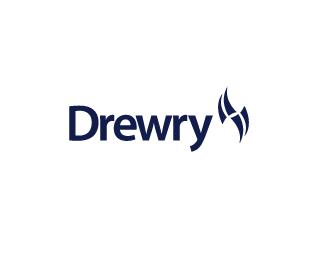Privately-owned container carriers could risk losing shippers’ trust if they do not provide any data on their level of indebtedness and balance sheet strength, according to shipping consultancy Drewry.
The recent failure of South Korean carrier Hanjin Shipping has exposed the high level of financial risk that exists and created renewed demand for financial transparency.
While Hanjin’s financial position was at the extreme edges and its demise is not expected to create a domino effect, a number of major carriers are still struggling and the risk of another following the same path as the Korean line cannot be discounted, Drewry said.
Drewry’s Z-score carrier financial stress index sunk to its lowest ever point following the first-half 2016 results. The decline in the Z-score index has coincided with the heavy reduction in container freight rates that dropped to historical lows in the second-quarter.
“As freight rates staged something of a recovery in third-quarter we expect to see some uptick to the Z-score when the third-quarter 2016 results are published, while the removal of Hanjin from the sample will also benefit the average score. Nonetheless, carriers will almost certainly continue to reside in the so-called ‘distress zone’,” Drewry said.
Based on the latest available financial reports Drewry’s Z-score table shows that only two, namely, A.P. Moller-Maersk and OOIL, of the 14 selected companies scored high enough to make it to the cautionary ‘grey zone’, with the remainder struggling in the ‘distress zone’.
With shippers expected to pay much closer attention to the financial risks when selecting carriers in future, carriers themselves will need to be sure of the financial health of their alliance and service partners, or potentially risk losing customers.
Copyright Ships & Ports Ltd. Permission to use quotations from this article is granted subject to appropriate credit given to www.shipsandports.com.ng as the source.

